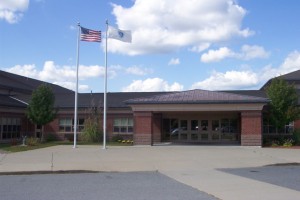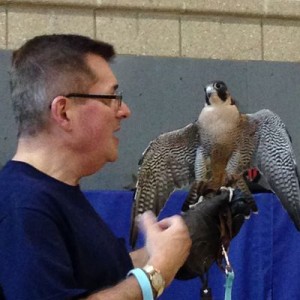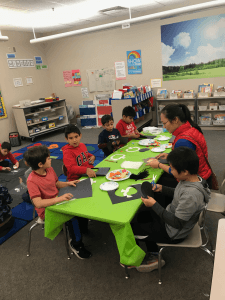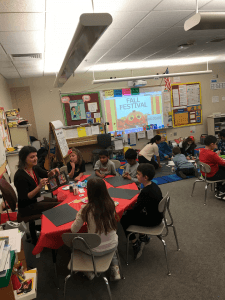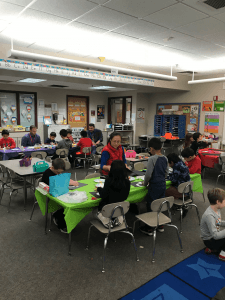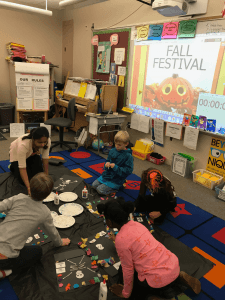Posted by kavery508 | Posted in Uncategorized | Posted on November 26, 2018
I hope you all had a wonderful holiday! I spent some long delayed time catching up with friends and family. I had much to be thankful for, including this great bunch of students and families!
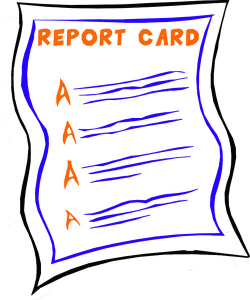 This week marks the end of Trimester 1: we’re 1/3 of the way to grade 3! Students will be taking end-of-term assessments in writing, reading, math, science, and social studies. Report cards are due to come home just before the December break.
This week marks the end of Trimester 1: we’re 1/3 of the way to grade 3! Students will be taking end-of-term assessments in writing, reading, math, science, and social studies. Report cards are due to come home just before the December break.
 Our reading focus is on learning to use nonfiction text features to make sense of informative texts. Think about a magazine article you’ve recently seen. As accomplished readers, we never just dive in and hope we understand by the end of it; yet, that’s often what kids will do. Instead, we read and think about the title, headings and subheadings, pictures, diagrams, captions, maps, and all the other things that make concepts more comprehensible, all while relating them back to the main idea. This week we will learn many of these features, go hunting for them in text, and use them to improve comprehension. This Reading Mama’s blog puts it well (and is a good source for learning many elements of reading): http://thisreadingmama.com/comprehension/non-fiction/non-fiction-text-structure/ And you can practice using nonfiction text features to improve comprehension with your child by using magazines, websites, informational books, and at http://kids.nationalgeographic.com.
Our reading focus is on learning to use nonfiction text features to make sense of informative texts. Think about a magazine article you’ve recently seen. As accomplished readers, we never just dive in and hope we understand by the end of it; yet, that’s often what kids will do. Instead, we read and think about the title, headings and subheadings, pictures, diagrams, captions, maps, and all the other things that make concepts more comprehensible, all while relating them back to the main idea. This week we will learn many of these features, go hunting for them in text, and use them to improve comprehension. This Reading Mama’s blog puts it well (and is a good source for learning many elements of reading): http://thisreadingmama.com/comprehension/non-fiction/non-fiction-text-structure/ And you can practice using nonfiction text features to improve comprehension with your child by using magazines, websites, informational books, and at http://kids.nationalgeographic.com.
 This week we are learning to solve 2-step math problems. Consider the exdample in the picture below. It requires an extra step before finding out the total. Kids are being taught to read and understand the problem and tackle each step in order:
This week we are learning to solve 2-step math problems. Consider the exdample in the picture below. It requires an extra step before finding out the total. Kids are being taught to read and understand the problem and tackle each step in order:
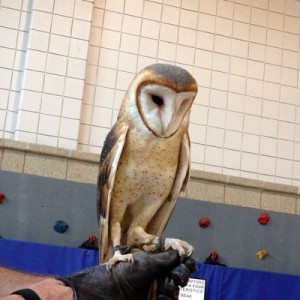 Our life science work wraps up this week by teaching students to research information. Students have chosen a nocturnal animal in order to study its adaptations. They will read with a question in mind; tag relevant information; use organizers to write their ideas; and create a poster with realistic drawings, labels, and descriptions. Smart!
Our life science work wraps up this week by teaching students to research information. Students have chosen a nocturnal animal in order to study its adaptations. They will read with a question in mind; tag relevant information; use organizers to write their ideas; and create a poster with realistic drawings, labels, and descriptions. Smart!


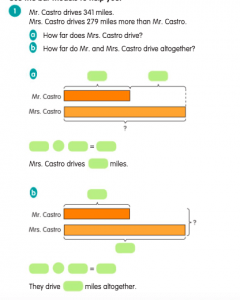
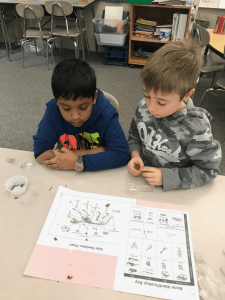
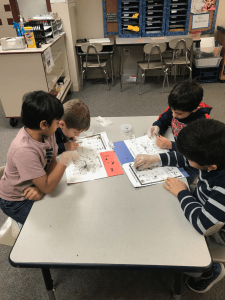
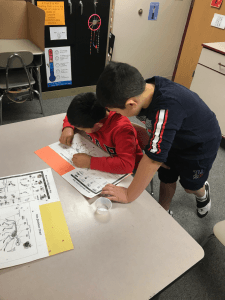
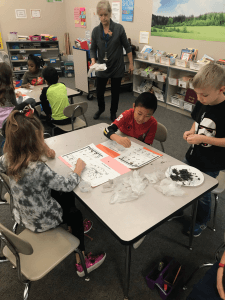
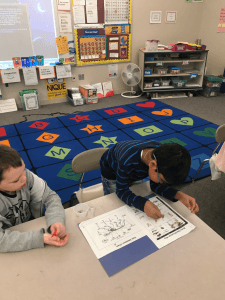
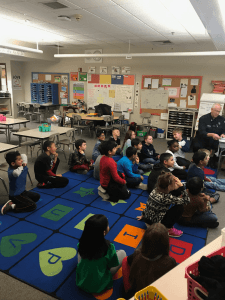
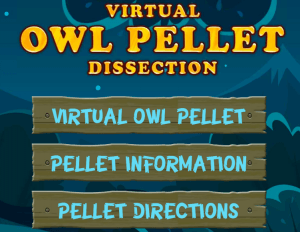
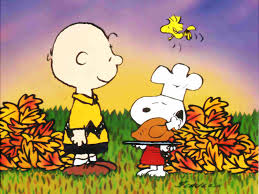
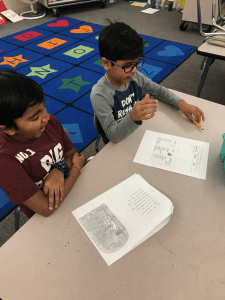

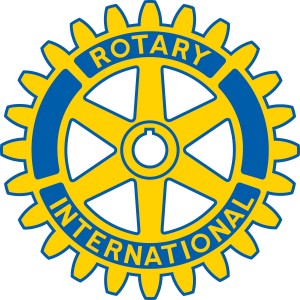

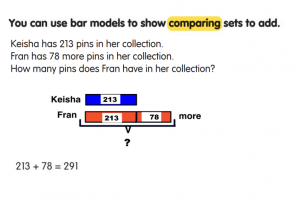
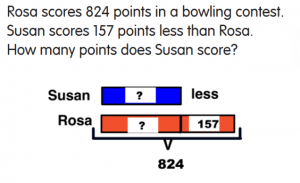
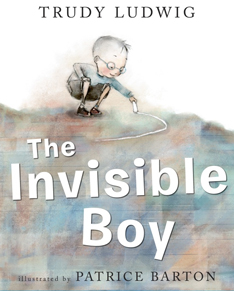 At Friday’s School Meeting, students engaged with the ideas of inclusion, assertion, and kindness using the book The Invisible Boy (Ludwig, 2013). The book tells of a boy who feels unnoticed by his peers until someone comes along who includes him in his work and play. Our students shared their experiences and generated possible solutions for the boy and his classmates, developing their understanding of empathy. Here’s a version of it read aloud (
At Friday’s School Meeting, students engaged with the ideas of inclusion, assertion, and kindness using the book The Invisible Boy (Ludwig, 2013). The book tells of a boy who feels unnoticed by his peers until someone comes along who includes him in his work and play. Our students shared their experiences and generated possible solutions for the boy and his classmates, developing their understanding of empathy. Here’s a version of it read aloud (